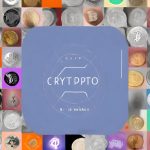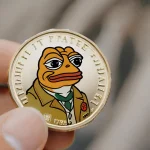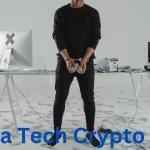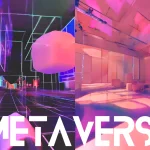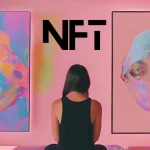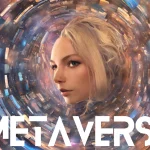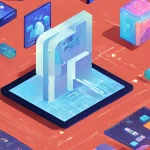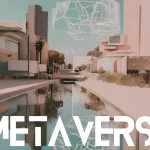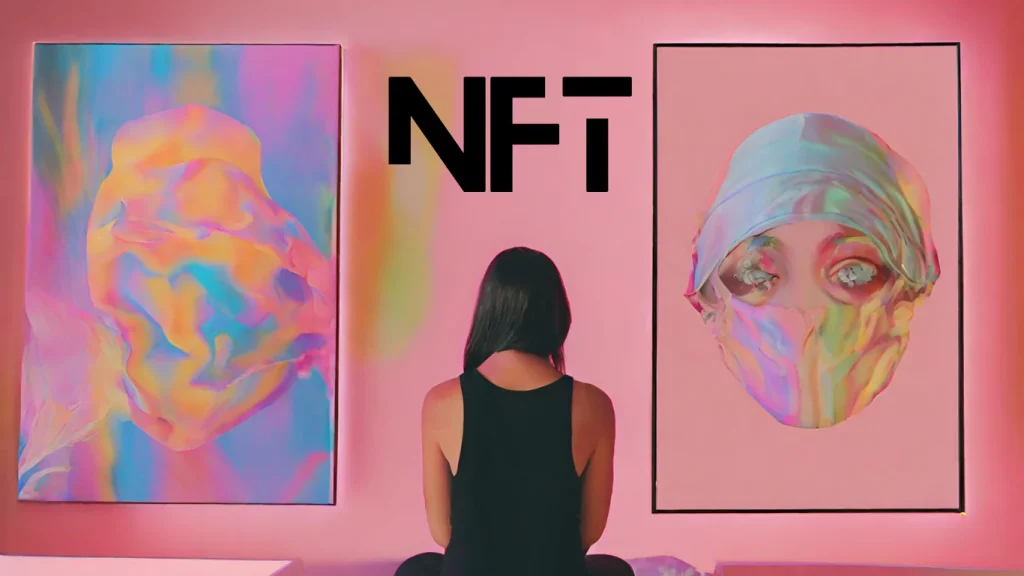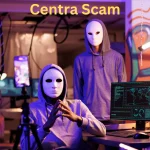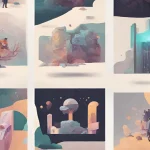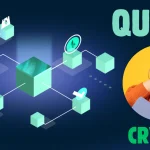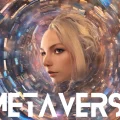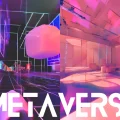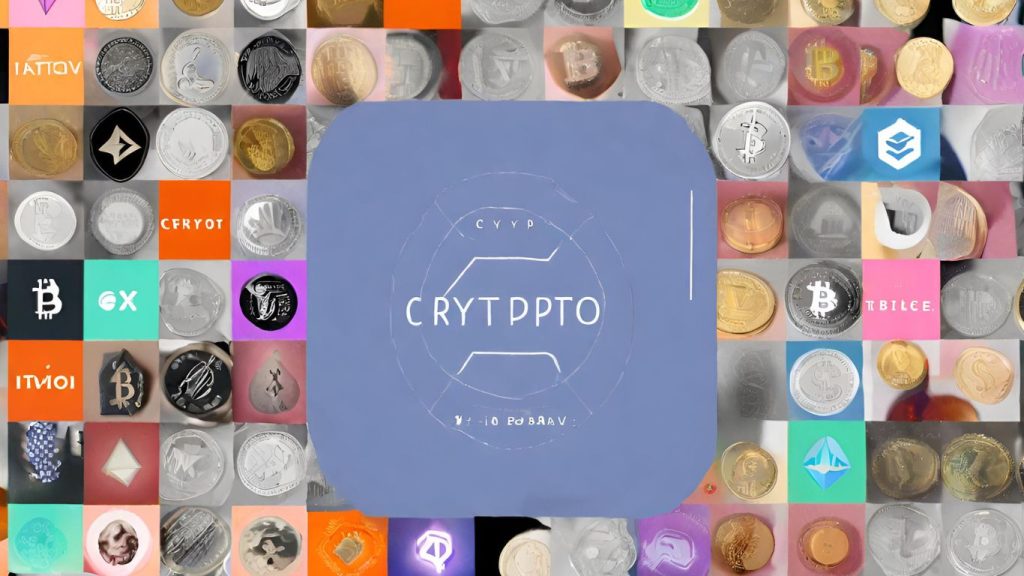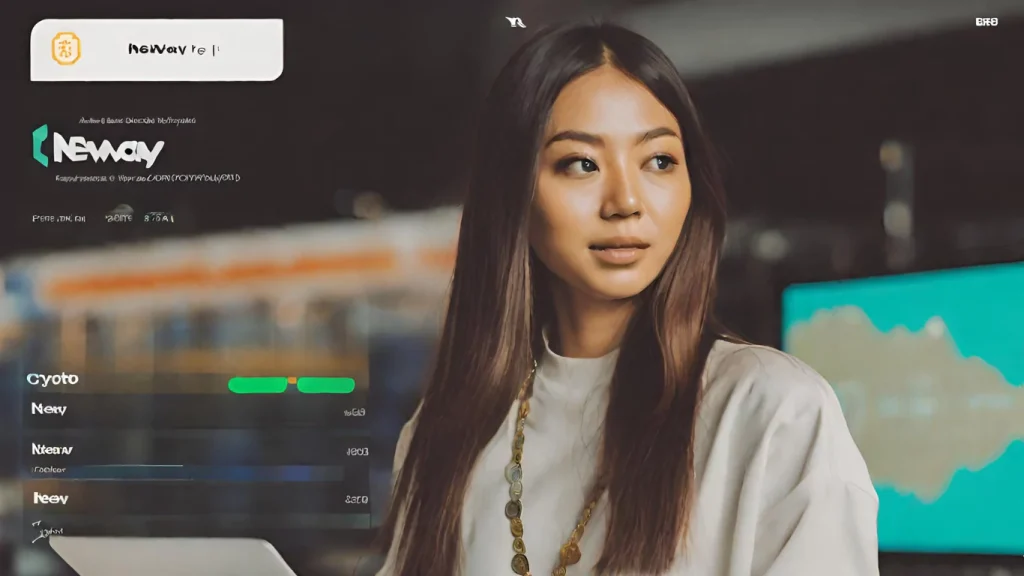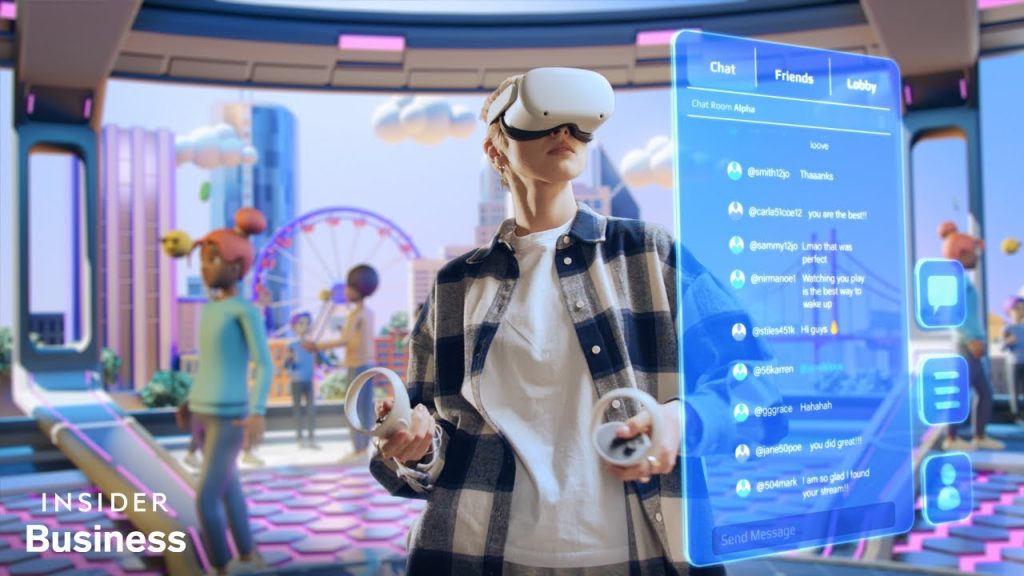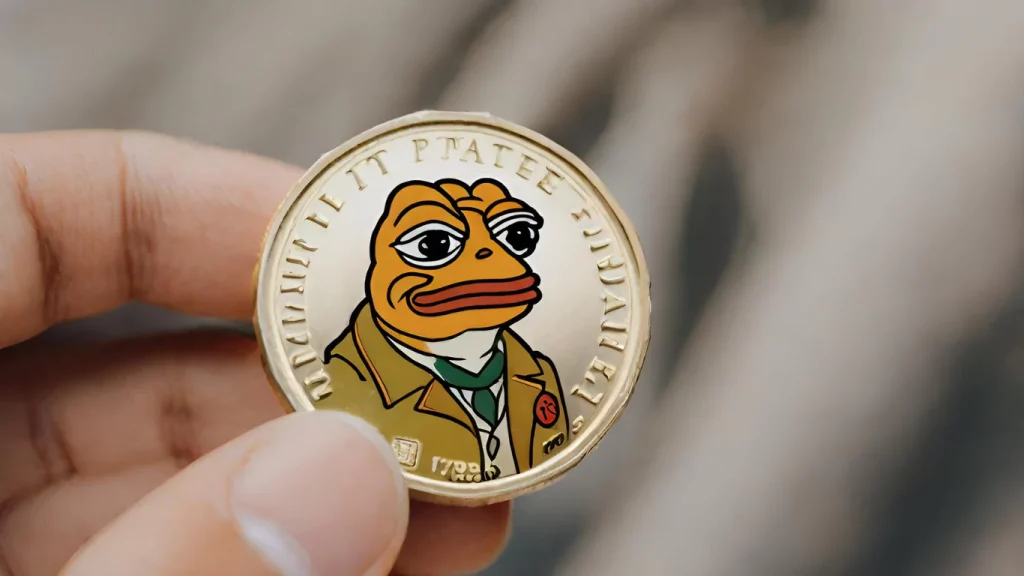The Rise of Crypto Art Exploring NFT Collectibles
Table of Contents
The world of art has witnessed a revolutionary shift with the emergence of Non-Fungible Tokens (NFTs). These unique digital assets, powered by blockchain technology, have opened up a new frontier for artists, collectors, and investors alike. NFT collectibles, which encompass everything from digital artworks to virtual real estate, have taken the art world by storm, with record-breaking sales and a growing community of enthusiasts.
NFTs, or Non-Fungible Tokens, are cryptographic assets that represent ownership of a unique digital item, such as an artwork, video, or even a tweet. Unlike traditional digital files, which can be easily copied and replicated, NFTs are one-of-a-kind and verifiable on the blockchain, ensuring their authenticity and provenance.
The rise of NFT collectibles has been fueled by the increasing demand for digital scarcity and the desire to own unique, authenticated pieces of art in the virtual realm. Major auction houses and galleries have embraced this new medium, with digital artworks selling for millions of dollars, solidifying the legitimacy and potential of crypto art.
What are NFTs and How Do They Work?
NFTs are unique digital assets that exist on a blockchain, typically the Ethereum network. Unlike cryptocurrencies like Bitcoin, which are fungible (meaning one coin is interchangeable with another), each NFT is distinct and cannot be replicated or divided.
The concept of ownership and scarcity in the digital realm is made possible through blockchain technology, which provides a decentralized and transparent ledger for recording transactions and verifying ownership. Each NFT has a unique digital signature that proves its authenticity and provenance, ensuring that the owner holds the exclusive rights to that particular digital asset.
The role of blockchain technology in NFTs is crucial, as it eliminates the need for intermediaries and enables direct peer-to-peer transactions between creators and collectors. This not only streamlines the process but also ensures transparency and immutability, as all transactions are recorded on the public blockchain.
The Rise of Crypto Art and NFT Collectibles
The origins of crypto art can be traced back to the early days of blockchain technology, when digital artists began experimenting with tokenizing their artworks on platforms like Cryptopunks and Rare Pepes. However, it wasn’t until 2021 that NFT art truly gained mainstream attention and skyrocketed in popularity.
One of the most notable and record-breaking NFT art sales was Beeple’s “Everydays: The First 5000 Days,” a collage of digital artworks that sold for a staggering $69 million at Christie’s auction house. This sale not only shattered the record for the most expensive NFT artwork but also marked a significant milestone for the acceptance of digital art in the traditional art world.
The appeal of NFT collectibles extends beyond digital artworks, attracting art collectors, investors, and enthusiasts alike. NFTs offer a unique opportunity to own and trade digital assets with verifiable scarcity and authenticity, opening up new avenues for investment and speculative trading.
Benefits of NFT Collectibles for Artists
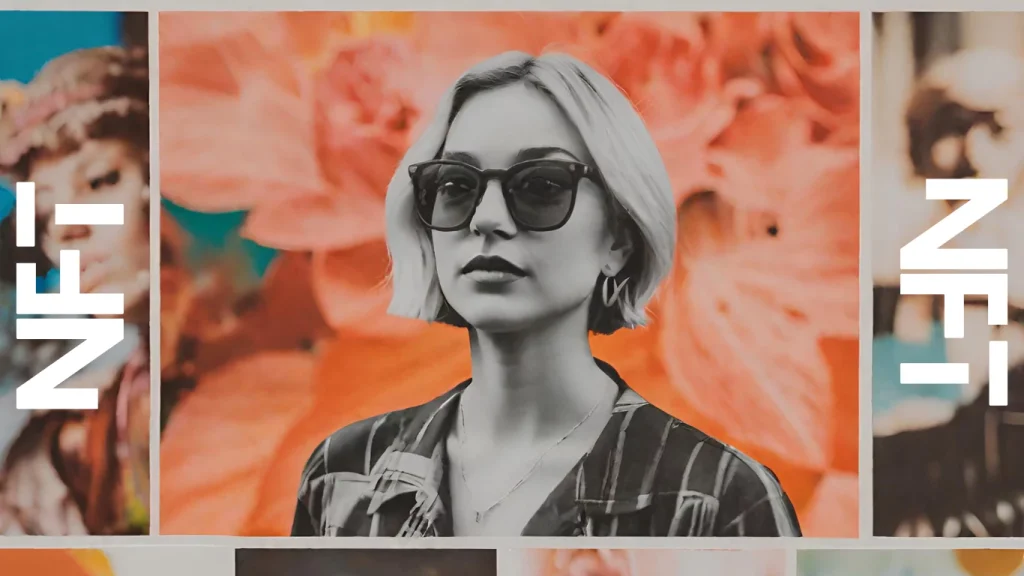
For artists, the rise of NFTs has ushered in a new era of opportunities and empowerment. By tokenizing their artworks as NFTs, artists can directly monetize their digital creations and bypass traditional intermediaries like galleries and auction houses.
One of the key benefits of NFTs for artists is the potential for royalties and residual income from secondary sales. Unlike traditional art sales, where the artist only receives a one-time payment, NFTs can be programmed to automatically pay the artist a percentage of the sale price every time the artwork is resold. This perpetual revenue stream can provide artists with long-term financial stability and incentivize the creation of more digital art.
Additionally, NFTs enable artists to connect directly with collectors and build a community around their work. Many NFT platforms and marketplaces facilitate direct communication and engagement between artists and collectors, fostering a more personal and interactive relationship.
Challenges and Criticisms of NFTs
While the rise of NFTs has been met with enthusiasm by many, it has also faced its fair share of criticism and challenges. One of the primary concerns surrounding NFTs is their environmental impact, as the energy-intensive process of minting and trading NFTs on the Ethereum blockchain contributes to significant carbon emissions.
Critics also point to the potential for speculative bubbles and market volatility in the NFT space, as the value of these digital assets is largely driven by hype and speculation rather than intrinsic value. There are concerns about the potential for market manipulation and the risk of investors losing significant sums of money in a volatile and unregulated market.
Additionally, issues related to copyright, ownership, and digital rights management have been raised. While NFTs provide proof of ownership for the specific token, they do not necessarily confer intellectual property rights over the underlying digital asset. This has led to concerns about potential copyright infringement and the need for clearer legal frameworks around digital ownership.
Emerging NFT Art Marketplaces and Platforms
As the demand for NFT collectibles continues to grow, numerous marketplaces and platforms have emerged to facilitate the buying, selling, and trading of crypto art. Some of the most popular and widely used platforms include:
- OpenSea: One of the largest and most diverse NFT marketplaces, offering a wide range of digital artworks, collectibles, and virtual assets.
- Nifty Gateway: A curated platform focused on high-end digital art and exclusive NFT drops from renowned artists and brands.
- SuperRare: A marketplace that emphasizes curation and quality, with a focus on limited-edition and rare NFT artworks.
- Foundation: A community-driven platform that uses a unique upvoting system to surface high-quality NFT art.
These platforms offer a range of features and services, including secure wallets, auction formats, and secondary market trading. Many also prioritize curation and verification processes to ensure the authenticity and quality of the NFT artworks listed on their platforms.
Notable NFT Art Collections and Projects
The NFT art world has given rise to numerous notable collections and innovative projects that showcase the potential and diversity of this emerging art form. Some of the most famous and valuable NFT art collections include:
- CryptoPunks: One of the earliest and most iconic NFT collections, featuring 10,000 unique pixelated characters.
- Bored Ape Yacht Club: A collection of 10,000 unique ape avatars that has become a status symbol and entry point into exclusive communities.
- Art Blocks: A platform that generates unique, algorithmically generated NFT artworks, each with its own distinct characteristics.
Beyond these collections, there are also numerous innovative NFT art projects that leverage the technology in unique ways. For example, projects like Async Art and Fidenza explore generative art and algorithmic creativity, while initiatives like the Whale Community NFT aim to foster collaboration and community-driven art initiatives.
| Collection | Description | Unique Features |
|---|---|---|
| CryptoPunks | One of the earliest and most iconic NFT collections | 10,000 unique pixelated characters |
| Bored Ape Yacht Club | Collection of 10,000 unique ape avatars | Exclusive community, intellectual property rights |
| Art Blocks | Generative art platform | Algorithmically generated, unique NFT artworks |
| Fidenza | Generative art project by Tyler Hobbs | Algorithm produces unique, mesmerizing patterns |
| Async Art | Interactive, evolving NFT art | Collaboratively updated by network participants |
| Whale Community NFT | Community-driven art initiative | Collaborative creation, shared ownership |
| Meebits | 3D voxel avatars by Larva Labs | Customizable, interoperable across platforms |
| Autoglyphs | Generative art by Larva Labs | Unique, algorithmically generated compositions |
The Future of NFTs and Crypto Art
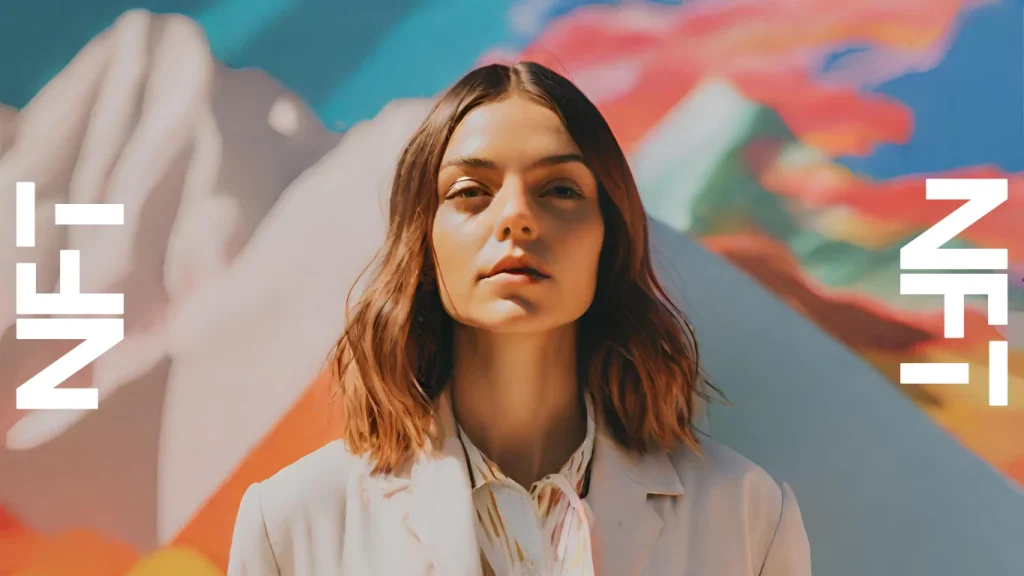
As the NFT art market continues to evolve and mature, its potential impact on the traditional art world and art market is becoming increasingly evident. Many industry experts believe that NFTs could disrupt the way art is bought, sold, and valued, introducing a new level of transparency, provenance, and accessibility to the art world.
One potential development is the rise of digital art galleries and virtual art exhibitions, where collectors can showcase and display their NFT artworks in immersive, virtual environments. This could revolutionize the way art is experienced and consumed, breaking down geographical barriers and democratizing access to art for a global audience.
Beyond art, the applications of NFTs are also expected to expand into other domains, such as digital collectibles, gaming assets, and even real-world assets like property or luxury goods. The ability to tokenize and trade unique digital assets on the blockchain opens up a world of possibilities for new business models and ownership paradigms.
Conclusion
The rise of crypto art and NFT collectibles represents a seismic shift in the art world, ushering in a new era of digital ownership, scarcity, and authenticity. While still in its early stages, the potential of this innovative technology is undeniable, offering artists new avenues for monetization, collectors unique investment opportunities, and the art world a chance to embrace the digital age.
As the NFT ecosystem continues to evolve and mature, it will be essential to address the challenges and criticisms surrounding environmental impact, market volatility, and legal frameworks. However, for those willing to embrace this new frontier, the world of crypto art holds limitless possibilities for creative expression, community-driven initiatives, and the democratization of art ownership.
Explore the world of NFT collectibles, immerse yourself in the vibrant communities, and witness the transformative power of blockchain technology on the art world. The rise of crypto art is just the beginning of a revolution that promises to reshape our understanding of art, ownership, and the intersection of technology and creativity.
FAQs
Q: What makes NFTs unique compared to traditional digital art?
A: NFTs are unique because they are backed by blockchain technology, which ensures their authenticity, provenance, and scarcity. Unlike traditional digital art files that can be easily copied, each NFT is a one-of-a-kind, verifiable asset.
Q: How can I purchase NFT art?
A: You can purchase NFT art through various online marketplaces and platforms, such as OpenSea, Nifty Gateway, and SuperRare. To participate, you’ll need a cryptocurrency wallet and funds in a compatible cryptocurrency like Ethereum.
Q: Are NFTs only limited to digital art, or can they represent other assets?
A: While NFTs have gained significant popularity in the digital art world, their applications extend beyond just art. NFTs can represent ownership of various digital assets, such as virtual real estate, gaming items, collectibles, and even physical assets like real estate or luxury goods.
Q: What are the potential environmental concerns surrounding NFTs?
A: One of the main criticisms of NFTs is their environmental impact due to the energy-intensive process of minting and trading them on the Ethereum blockchain. However, efforts are underway to explore more sustainable solutions, such as Layer 2 scaling solutions and alternative blockchain networks with lower energy consumption.
Disclaimer
The information provided in this blog post is for educational and informational purposes only and should not be considered financial or investment advice. The NFT and crypto art markets are highly speculative and involve significant risks. It is essential to conduct thorough research and consult with professionals before making any investment decisions.

